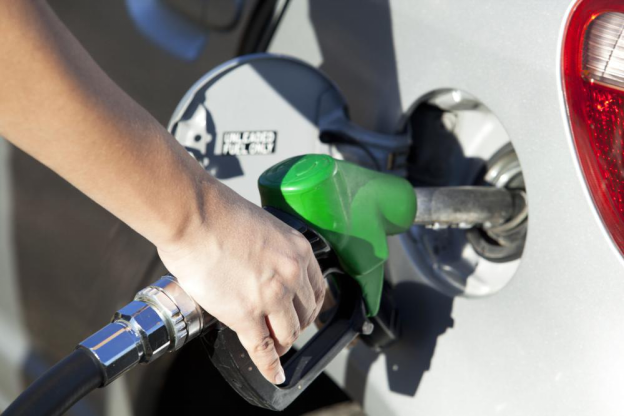Here, at the John W. Kennedy Company, we’ve talked a lot about gas station safety.
Like for example, how to prevent fires, how to prevent spills, how to ensure safe refueling of underground storage tanks etc.

Basically, what gas station owners can do to keep gas stations safe.
However, keeping a gas station safe requires a contribution from both gas station owners and gas station customers.
And so, we think it’s necessary that we also talk about what gas station customers can do to keep these facilities safe.
We know gas station customers are not our regular target audiences, but for this post and the greater good, we’re happy to make exceptions.
There are certain refueling safety guidelines that gas station customers need to follow when refueling their vehicles at gas stations.
These include:
Always turn off the vehicle’s engine when refueling
Experts recommend turning off the vehicle’s engine when refueling to prevent accidental fires. Although such incidents happen rarely thanks to the many safety controls present in vehicles, it’s still better to be safe than sorry.
Avoid using the cellphone when refueling
You don’t want any distractions when refueling your vehicle; these distractions can sometimes prove to be too costly. We frequently hear about incidents where customers accidentally drove away with the nozzle in the fuel tank as they were too busy using their cellphones.
Never leave the vehicle unattended during refueling
Modern fuel pumps come with a lock switch. As soon as a vehicle’s fuel tank is full, this lock switch automatically shuts off the fuel supply to the pump nozzle, thus preventing overflows. However, that does not mean you can take the technology for granted and leave your vehicle unattended during refueling. What if the pump goes faulty?
Do not re-enter the vehicle during refueling
Re-entering the vehicle during refueling increases fire risks. While moving in and out of a vehicle you may touch an object that can lead to static build up. A static discharge can ignite a fire if it comes in contact with fuel vapors.
After refueling, leave the nozzle in the tank for few seconds
Lastly, after refueling, leave the nozzle in the fuel tank for a few seconds to avoid drips when you remove it. You don’t want to create any inconvenience for other drivers and the service station staff.
Let’s work together to make our gas stations safer.




